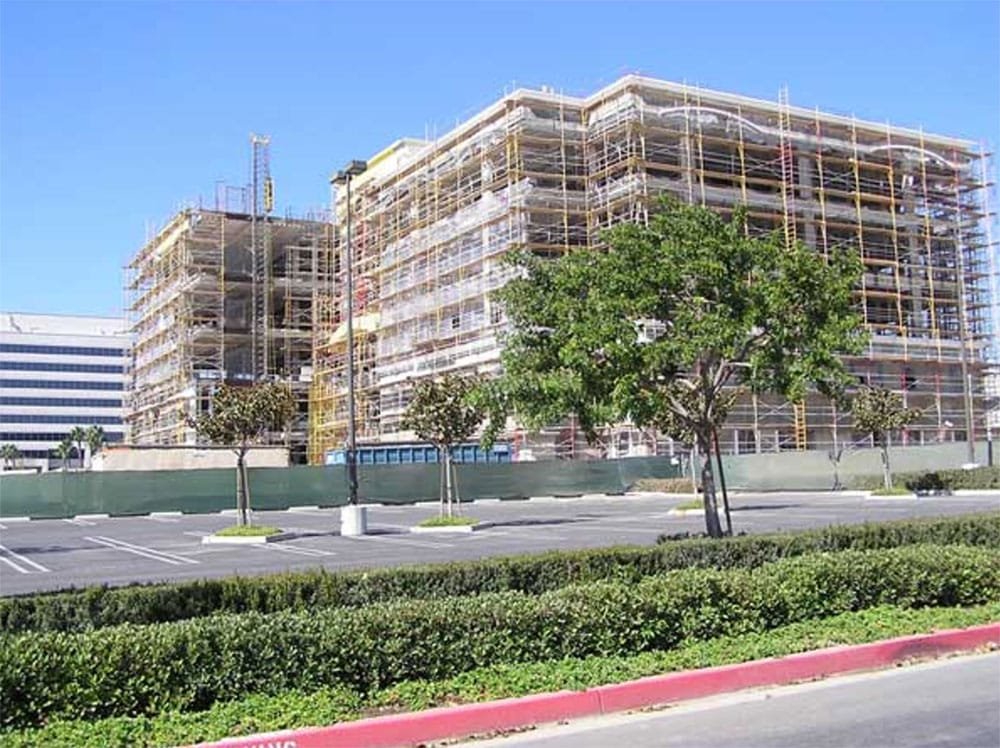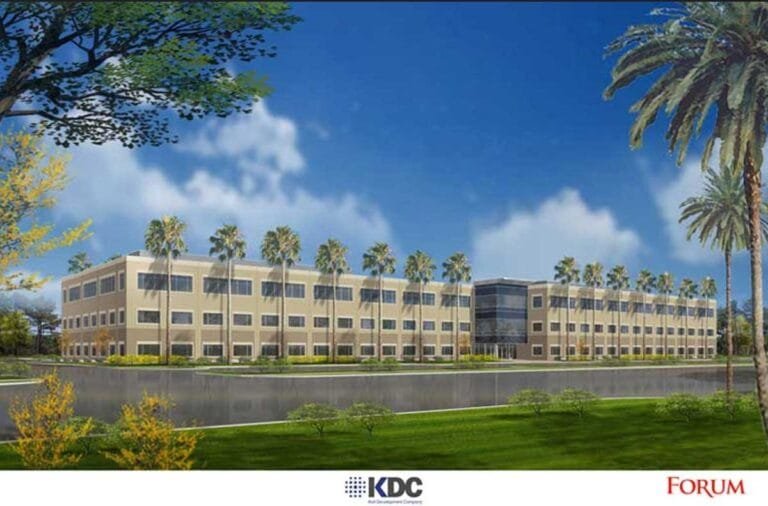Inland growth driving SoCal region
Inland Southern California’s growth continues to lead the six-county Southern California region according to an annual report released by the Southern California Association of Governments (SCAG).

Although the State of the Region report says the Inland area’s home affordability index is fast dropping inline with its coastal neighbors, the area continues to attract both jobs and population, many arriving from elsewhere in the nation:
Nearly half of the 222,000 people who moved to Southern California last year chose to live in the Inland Empire, according to the annual assessment. Riverside County alone welcomed 65,000 new residents, increasing its population by 3.4%…
…New residents are moving to Riverside and San Bernardino counties from elsewhere in the United States, the study showed, bucking a larger regional migration trend…
…Last year, almost half of the 120,000 jobs created in Southern California were in the Inland Empire, making it the region’s leading job generator, the study said.
Los Angeles Times – December 15, 2006

Even with the job growth, however, Inland Southern California still “exports” a significant number of workers each day to job centers located in LA, Orange and San Diego counties, which combined with the population growth, is creating worsening conditions on local freeways. On a good note, the report states that carpooling rates are rising across the six-county region, with the Inland area leading the push (Riverside County led all counties with 16% of workers carpooling while San Bernardino came in second with 14.6%). In detail, the report notes 2-person carpools dominate 3+persons (80% vs. 20%).
The report also states that ridership for Riverside Transit Agency increased 15% to 7.4 million while Metrolink boardings increased 9%, reaching an all-time high of 10 million. Moreover, the continuing popularity of Metrolink’s San Bernardino Line bodes well for the proposed extension of Los Angeles County’s “Gold Line” rail into eastern San Bernardino County.

Even with the gains in alternative transportation, there’s no doubt that in the short term road capacity needs to be expanded, if only to keep up with the current and projected population growth. Long term, however, the solution is to continue increasing alternative transportation and, more importantly, begin exporting fewer employees by creating better-paying job centers locally within the two counties.
Already, the immediate area surrounding Ontario International Airport — where 21% of Southern California’s air cargo passes through — is sprouting more offices. Likewise, Corona has also seen healthy job growth, including the city’s first steel-framed office buildings. Down I-15 in Temecula and Murrieta, similar office growth is taking shape. Farther east, San Bernardino’s Tri-City/Hospitality Lane office parks continue to thrive as well. And the I-215 corridor near March Air Reserve Base is beginning to become the area’s next logistics growth spot.

One of the most promising spots for long-term, quality mixed-use, “smart growth” indeed is downtown Riverside, wherein the necessary infrastructure is already in place for supporting a variety of residential and employment centers. From federal, state and local government entities, professional support services, transportation choices, cultural amenities and even a nearby UC campus, downtown Riverside is poised to take off as one of Southern California’s hot spots. Downtown has seen a few modest office projects built within the past few years, but it’s still awaiting the high profile, signature project that will re-christen the downtown market.
Finally, with a population of nearly 4 million, the report states Inland Southern California now accounts for 22% of the total population within the six-county** region, again signaling the Inland region now ranks ahead of neighboring Orange County (Los Angeles County leads with 56% of the total population).
Other highlights:
- Inland employment reached 1.23 million, adding nearly 225,000 jobs since 2000 and 500,000 since 1990 — an increase of 68% (versus 12% for the region as a whole during the same period)
- At over 50,000 permits, Riverside and San Bernardino counties accounted for 58% of the total residential permits in the SCAG region in 2005 (with nearly 35,000 of those in Riverside County alone)
- Riverside County’s home ownership tops the SCAG region at over 70%, which is above both the national (67%) and SCAG averages (56%) as well as topping neighboring Orange (62%) and Los Angeles (49%) counties
- Taxable sales increased 7% in 2005 across the SCAG region with Imperial County leading the way with 17.5% followed by the counties of San Bernardino (13.7%) and Riverside (11.6%)
- Air quality continues its long-term improvement, with days exceeding the federal ozone levels across the SCAG region dropping slightly from 88 to 84 days while continuing to meet the federal standard for carbon monoxide levels
- Violent crime rates dropped 11% across the SCAG region (with Ventura, Orange, and Riverside counties ranking 1, 2, and 4 respectively when ranked separately against the nine largest metropolitan regions***)
- The region’s median age of 33.5 is second-lowest among the nine largest metropolitan regions (Dallas is lowest with 33.2)
Some lowlights:
- Home affordability rates across the region continue to drop — less than 15% in Los Angeles, Orange, and Ventura counties while only a slightly better 18% Inland
- Traffic congestion continues to choke many parts of the region, with LA/OC ranking as worst in the nation while the Inland region comes in at 7th most-congested
- San Bernardino County saw school dropout rates rise sharply from 12% in 2000 to nearly 20% in 2005
- SCAG region ranks last among the nation’s nine largest metropolitan regions with residents holding a Bachelor’s degree
- SCAG region ranks last among the nation’s 17 largest metropolitan regions in per capita income averages
Related
- Los Angeles Times – Inland Empire’s affordability takes a steep drop (Dec. 15, 2006)
- Southern California Association of Governments (SCAG)
- SCAG – State of the Region
- SCAG – 2006 State of the Region – Executive Summary
- SCAG – 2006 State of the Region (complete report – PDF/4.5mb)
Previous
- RaincrossSquare.com – ‘A Sleeping Giant’ – part deux (Feb. 2006)
**Imperial, Los Angeles, Orange, Riverside, San Bernardino, and Ventura counties
***Boston, Chicago, Dallas, Detroit, Los Angeles, New York, Philadelphia, San Francisco, Washington D.C.
Sources: Los Angeles Times (LAT-20061215), Southern California Association of Governments (SCAG).
2025 PAGE UPDATE: Updated/removed outdated links.




2 Comments